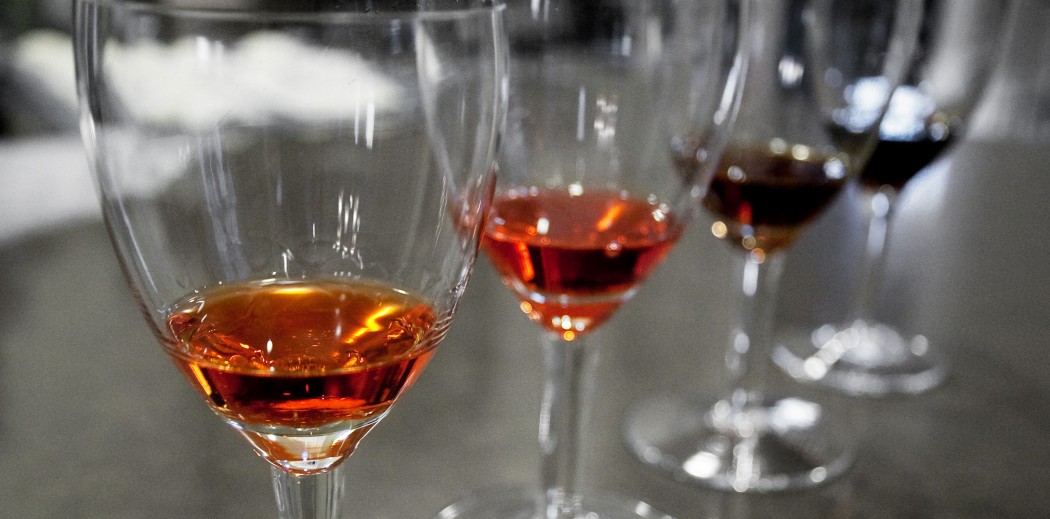Think you’ve never had an amaro? You might be mistaken. The liqueur is finally catching America’s eye after a century of being exclusively found in Italian communities. Amaro (plural: amari) is the Italian word for bitter but don’t be fooled. There is so much more to an amaro than mere bitterness.
Amari are rich, complex and a must-try for anyone with a slightly jaded palate. And, there are hundreds of these botanical-based Italian aperitifs and digestifs from all over that gastronomic marvel of the Mediterranean. Like wine, every Italian province produces amari. Amari can be an acquired taste, especially to the American palate that loves its sugar, but each comes in a range of bitterness and that bitterness is always balanced out by a touch of sweetness. It’s one of the reasons amari are such wonderful digestifs.
What goes into an amaro? The exact proprietary recipes are usually kept under lock and key, but here are the basics. Like other liqueurs, amari are made by taking a neutral spirit (traditionally, grappa was used but today we see others as well) and macerating a variety of botanicals in it. The botanical blends can have any number of herbs, roots, flowers, barks and citrus peels in the recipe. Then, the amari are sweetened, either aged or not and finally bottled. Alcohol levels can vary from the lighter end, 16 percent ABV, up to a more potent, 40 percent ABV. While there may be stylistic similarities, no two amari are the same.
Historically, doctors used to prescribe amari as medicine to aid any manner of ills, particularly those surrounding appetite, digestion and the stomach in general. Many of the botanicals found in amari are thought to aid in the digestion process: wormwood, licorice, the more exotic saffron or ginger, along with the local flora of a given region. More than a few of these concoctions came down to us through monastic traditions, as well as pharmacies throughout Europe from the Medieval period and forward.
Through the centuries, amari steadily became a staple around mealtime. Although many amari are considered digestifs (for after the meal), there are some – such as the lighter Campari or Aperol – which are aperitifs for before the meal, to help whip up an appetite. Other examples of amari you’re likely to have seen on bar shelves include Fernet Branca (Fernet is a style; Fernet Branca is the well-known brand), Ramazzotti, Amaro Montenegro, Averna and Cynar.
Today, amari are still well-established fixtures of the after-dinner ritual in Italy, and have now made their way to the United States, thanks in part to the craft cocktail movement. In a certain way, they’ve always been a part of cocktail culture, as anyone who has ever enjoyed a Negroni can attest to. Nice over ice, or to add a bit of bitter complexity to a cocktail, there are as many reasons to drink amaro as there are styles of it, especially if you’ve eaten your fill at the dinner table.
Feature image by Liza Daly








